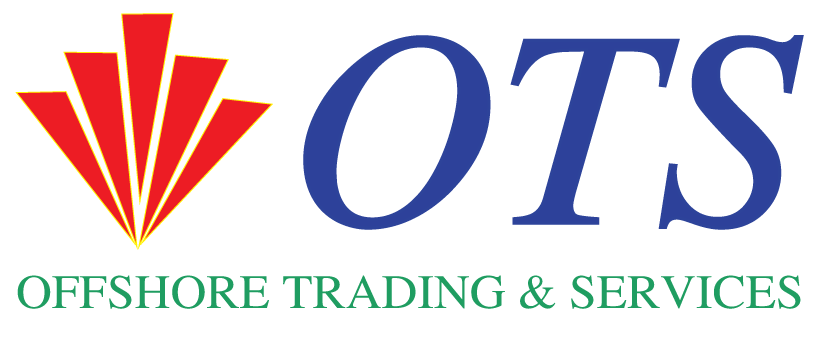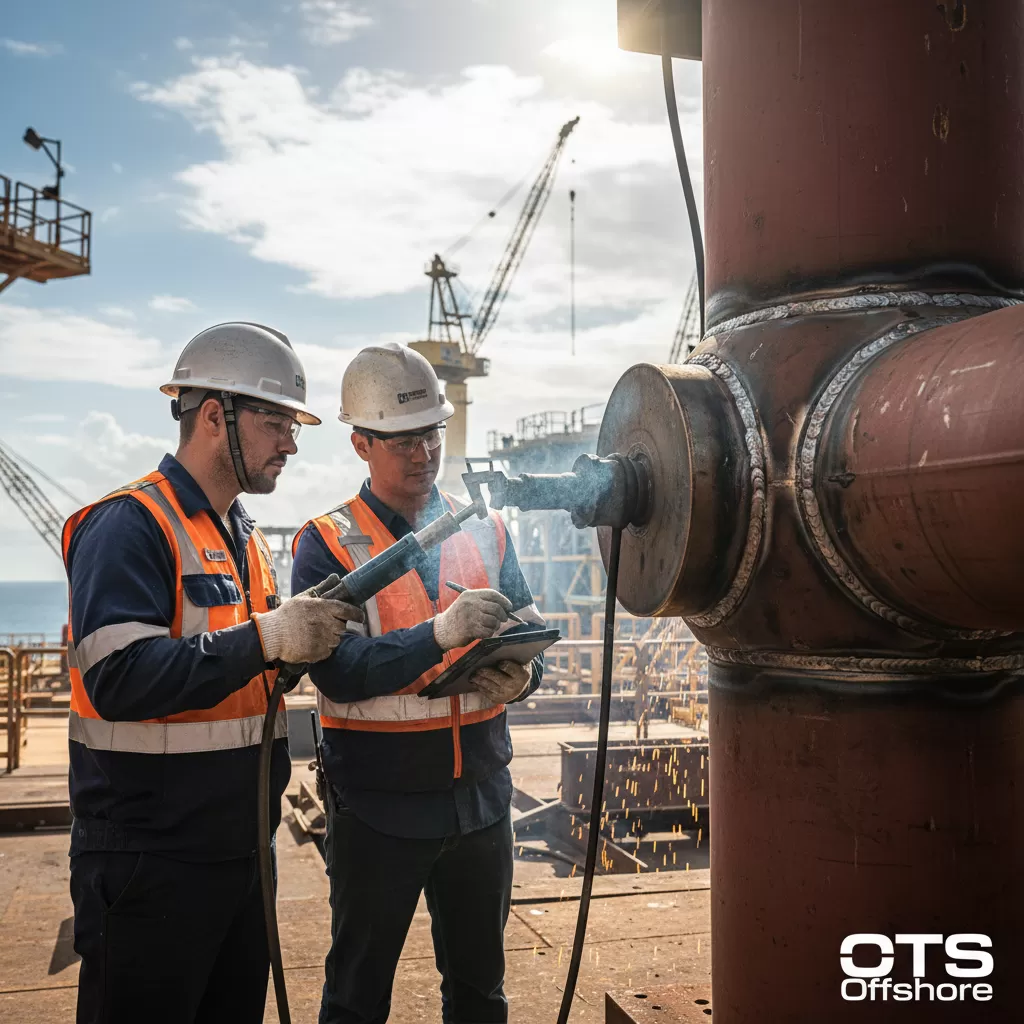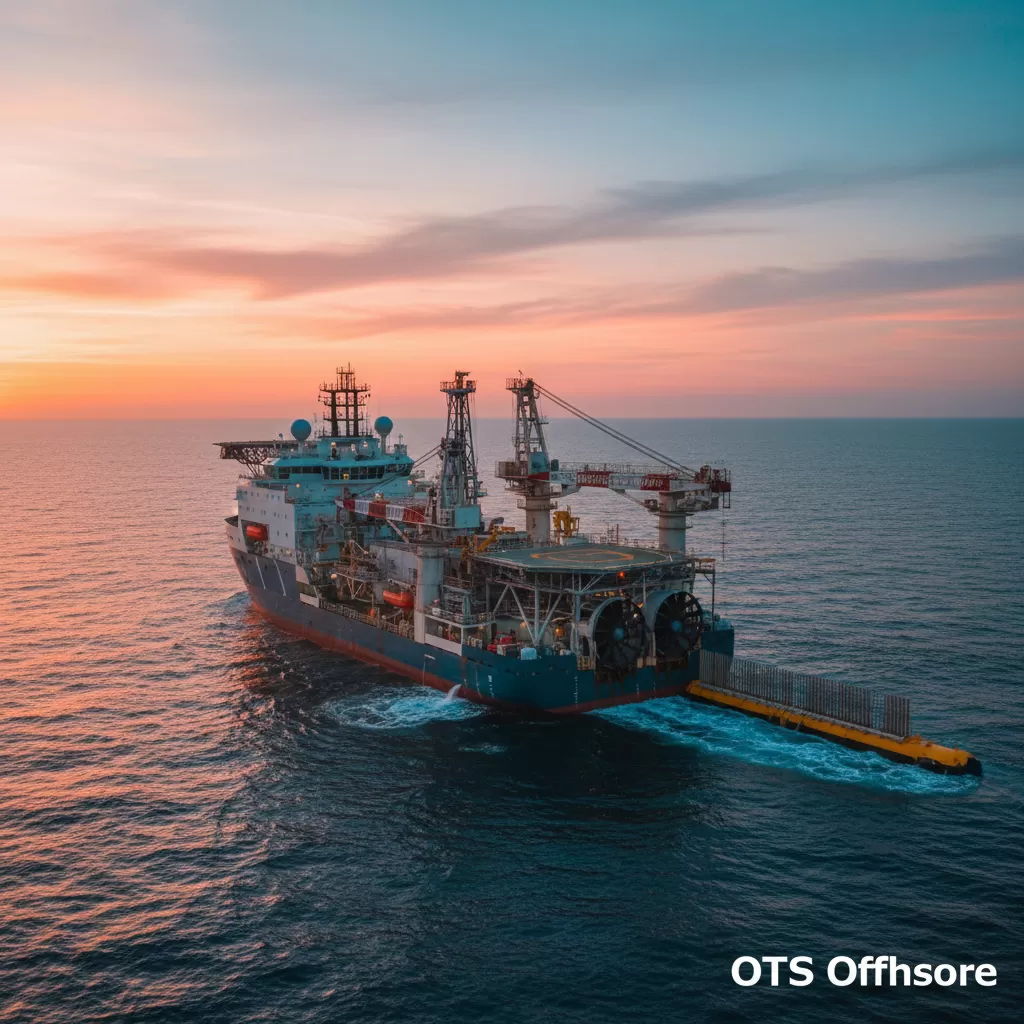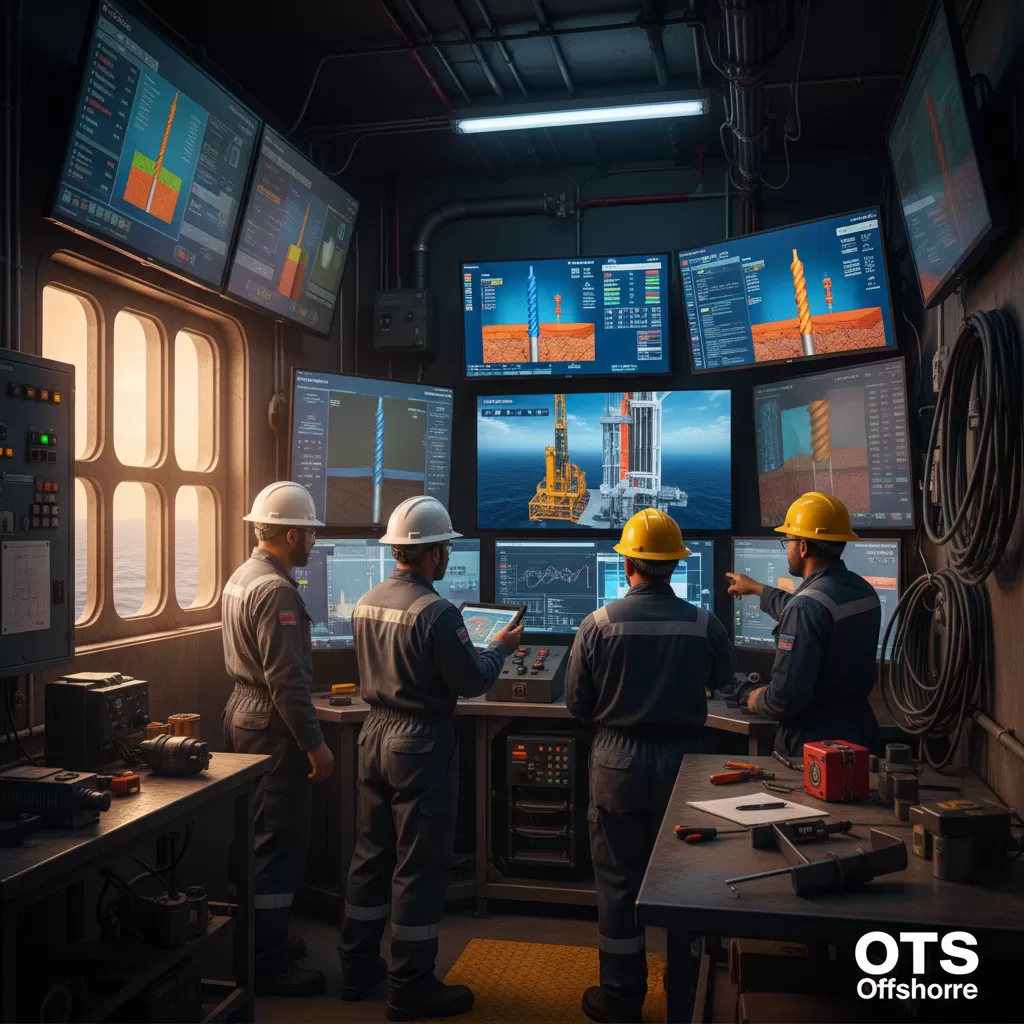Here is an article about wind turbine blade repair technology, formatted and structured according to your specific requirements.
A comprehensive understanding of wind turbine blade repair technology is essential for maximizing asset lifespan and operational efficiency in the renewable energy sector. This article addresses Frequently Asked Questions surrounding this critical maintenance discipline, covering common issues, advanced techniques, inspection methodologies, and future trends in the field of wind energy asset management.
Frequently Asked Questions about Wind Turbine Blade Repair Technology
The operational integrity of wind turbines hinges significantly on the health of their composite blades, the aerodynamic surfaces that harness wind energy. Damage to these crucial components, ranging from minor surface imperfections to catastrophic structural failures, can lead to reduced energy generation, increased operational costs, and potential safety hazards. Addressing these issues promptly and effectively necessitates robust repair technologies. This compilation of Frequently Asked Questions aims to demystify the intricacies of wind turbine blade repair, providing valuable insights for asset managers, maintenance technicians, engineers, and stakeholders within the global wind power industry. Understanding these Frequently Asked Questions ensures optimal performance and longevity of wind farm assets.
Why is Wind Turbine Blade Repair Technology So Important?
The importance of wind turbine blade repair technology cannot be overstated. Blades are the primary energy-capturing components of a wind turbine. Any compromise to their aerodynamic profile or structural integrity directly impacts the turbine’s ability to generate electricity efficiently.
– Reduced Energy Output: Surface erosion, delamination, or cracks alter the blade’s shape, disrupting airflow and significantly reducing power generation.
– Increased Operational Costs: Minor damages, if left unattended, can escalate into more severe problems, necessitating costly repairs or even premature blade replacement.
– Safety Concerns: Structural damage can lead to blade failure, posing a severe risk to personnel, infrastructure, and the surrounding environment.
– Extended Asset Lifespan: Effective repair strategies prolong the operational life of wind turbine blades, thereby maximizing the return on investment for wind farm owners.
– Environmental Impact: By extending the life of existing blades and preventing premature replacements, repair technologies contribute to the sustainability of the wind energy sector.
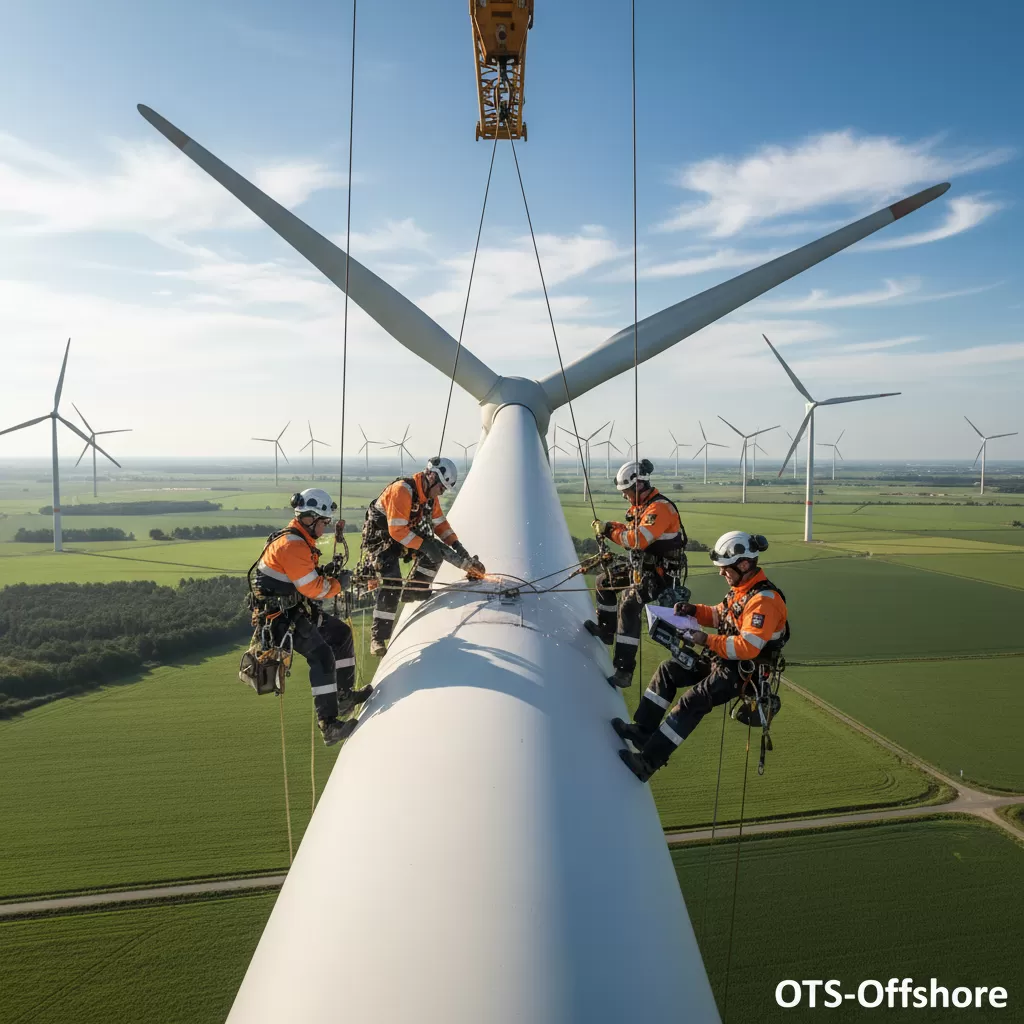
What are the Most Common Types of Wind Turbine Blade Damage?
Wind turbine blades are subjected to extreme environmental conditions and mechanical stresses, leading to various forms of damage. Identifying these common issues is the first step in implementing appropriate repair solutions. These Frequently Asked Questions highlight prevalent damage types.
Leading Edge Erosion
– Description: This is perhaps the most widespread form of damage, occurring along the front edge of the blade where it meets the incoming wind. It is caused by the impact of rain, hail, sand, insects, and other airborne particles at high speeds.
– Visual Indicators: The leading edge appears roughened, pitted, or worn away, sometimes exposing underlying composite layers.
– Impact: It disrupts the smooth airflow over the blade, reducing aerodynamic efficiency and consequently, energy production.
Surface Cracks
– Description: Cracks can develop on the blade’s surface due to fatigue, manufacturing defects, lightning strikes, or stress concentrations.
– Types: These can include micro-cracks, surface cracks, and deeper, more structural cracks.
– Impact: Surface cracks, especially if left unrepaired, can propagate, leading to more severe structural issues and potential delamination.
Delamination
– Description: This occurs when the layers of composite material within the blade separate. It can be caused by moisture ingress, manufacturing flaws, or stress.
– Visual Indicators: Delamination may manifest as blisters, swelling, or localized softening of the blade surface.
– Impact: It compromises the structural integrity of the blade, weakening its ability to withstand aerodynamic loads.
5. Lightning Strike Damage
– Description: Wind turbine blades are often the tallest structures in their environment, making them susceptible to lightning strikes.
– Visual Indicators: These can range from scorching marks and superficial damage to severe structural compromise, including cracks and material burn-through.
– Impact: Lightning strikes can cause significant damage, affecting both the surface and internal structure of the blade, potentially compromising its electrical system as well.
Root and Tip Damage
– Description: The blade root, where the blade attaches to the hub, and the blade tip are areas subjected to high stresses and potential impacts.
– Causes: Fatigue, installation errors, or debris impact can lead to damage in these critical zones.
– Impact: Damage at the root can affect the blade’s structural connection to the turbine, while tip damage disrupts aerodynamics.
What are the Latest Technologies in Wind Turbine Blade Repair?
The field of wind turbine blade repair is continuously evolving, driven by the need for faster, more effective, and cost-efficient solutions. Advanced technologies are crucial in minimizing downtime and maximizing performance. This section delves into key advancements that address many Frequently Asked Questions regarding repair capabilities.
Advanced Composite Repair Materials
– Description: Beyond traditional epoxy resins and fiberglass, newer repair materials offer enhanced mechanical properties, improved adhesion, and faster curing times. These include high-performance resins, carbon fiber reinforcements, and specialized gel coats.
– Benefits: They provide repairs that are stronger, more durable, and better integrated with the original blade material, ensuring long-term performance.
Robotic and Drone-Based Inspection and Repair
– Description: Automation is transforming blade maintenance. Drones equipped with high-resolution cameras, thermal imaging, and even ultrasonic sensors can conduct detailed inspections quickly and safely. In some cases, robots are being developed to perform minor repairs autonomously or semi-autonomously.
– Benefits: Reduces the need for rope access, improves inspection accuracy, and allows for more frequent monitoring. It also minimizes human exposure to hazardous working conditions.
6. In-Situ Repair Techniques
– Description: The focus is increasingly on performing repairs directly on the turbine, minimizing the need to de-mount and transport blades, which is a significant logistical and cost challenge. This includes developing techniques that can be applied in varying weather conditions.
– Innovations: Development of mobile repair units, specialized scaffolding systems, and weather-resistant repair compounds.
3D Printing for Blade Repair
– Description: While still in its nascent stages for large-scale structural repairs, 3D printing is being explored for creating custom patches or molds for complex damage geometries. It offers the potential for highly precise and efficient repairs.
– Future Potential: Could revolutionize the repair of intricate damage patterns and the creation of specialized repair components.
5. Nanotechnology in Repair Materials
– Description: Incorporating nanoparticles into repair resins can enhance their mechanical strength, conductivity (for lightning protection), and resistance to environmental degradation.
– Advantages: Leads to repairs that are not only stronger but also possess improved functional properties, contributing to overall blade resilience.

How are Wind Turbine Blades Inspected for Damage?
Effective inspection is the cornerstone of any successful blade repair strategy. A combination of visual, manual, and automated methods is typically employed to identify and assess damage. Addressing these Frequently Asked Questions about inspection is vital for proactive maintenance.
Visual Inspections
– Description: This is the most basic form of inspection, often performed from the ground using binoculars or from the nacelle. It can identify obvious surface damage, erosion, or foreign object debris.
– Limitations: Limited by visibility, accessibility, and the ability to detect subtle or internal damage.
Rope Access Inspections
– Description: Highly skilled technicians use rope access techniques to physically access the entire blade surface, allowing for close-up visual inspection and initial assessment of damage.
– Benefits: Provides detailed visual data and allows for manual assessment of damage severity.
Drone-Based Inspections
– Description: Drones equipped with high-resolution cameras, zoom lenses, and specialized sensors (like thermal or ultrasonic) can conduct rapid and comprehensive inspections.
– Advantages: Safer, faster, and more cost-effective than traditional methods for large fleets. Can capture detailed imagery for later analysis.
Endoscopic and Boroscopic Inspections
– Description: These involve inserting small, flexible cameras into internal cavities or drilled holes within the blade to inspect for internal delamination or structural damage that is not visible from the exterior.
– Purpose: Crucial for assessing the internal health of the blade composite.
5. Non-Destructive Testing (NDT) Methods
– Description: Techniques like ultrasonic testing, thermography, and acoustic emission are used to detect internal flaws, delaminations, and cracks without causing damage to the blade.
– Role: Provides quantitative data on the extent and depth of internal damage.
What is the Process for Repairing a Damaged Wind Turbine Blade?
The repair process for a wind turbine blade is methodical and depends on the type, size, and location of the damage. A structured approach ensures a durable and effective repair. These Frequently Asked Questions outline the typical steps involved.
Damage Assessment and Classification
– Description: The initial step involves a thorough inspection to accurately identify the type, size, and location of the damage. This often involves NDT methods to understand internal structural integrity.
– Importance: Determines the most appropriate repair strategy and materials.
Surface Preparation
– Description: The damaged area must be meticulously cleaned, ground, and prepared to ensure proper adhesion of repair materials. This may involve removing damaged material, sanding, and degreasing.
– Significance: Crucial for the long-term durability of the repair.
6. Application of Repair Materials
– Description: Depending on the damage, this can involve applying epoxy resins, fiberglass patches, carbon fiber reinforcements, or specialized fillers. For leading-edge erosion, protective coatings are applied.
– Techniques: Manual layup, vacuum bagging, or specialized dispensing systems may be used.
7. Curing and Finishing
– Description: The repair materials need to cure properly, often requiring specific temperature and humidity conditions. Once cured, the repaired area is sanded, faired, and re-coated to match the original blade profile and aerodynamics.
– Goal: To restore the blade’s aerodynamic efficiency and structural integrity.
8. Quality Control and Verification
– Description: After the repair, the area is inspected again, often using NDT methods, to verify the quality and effectiveness of the repair.
– Assurance: Confirms that the repair meets performance and safety standards.
How Long Does a Wind Turbine Blade Repair Typically Take?
The duration of a wind turbine blade repair can vary significantly based on several factors. These Frequently Asked Questions highlight the elements influencing repair timelines.
– Type and Severity of Damage: Minor surface repairs can often be completed within a few days, while more complex structural repairs or delamination might take weeks.
– Accessibility: Repairs requiring rope access or specialized equipment might have longer setup times.
– Weather Conditions: Wind, rain, and extreme temperatures can cause significant delays, especially for external repairs.
– Availability of Materials and Personnel: Supply chain issues or labor shortages can impact the repair schedule.
– Turbine Downtime Requirements: The decision to take the turbine offline for repair, and for how long, also influences the perceived speed of the repair.
What are the Cost Implications of Wind Turbine Blade Repair?
The cost of wind turbine blade repair is a critical consideration for asset owners. Understanding the cost drivers helps in budget planning and decision-making. This addresses key Frequently Asked Questions about financial aspects.
– Complexity of Damage: More extensive and structural damage is inherently more expensive to repair.
– Type of Repair Technology Used: Advanced materials and automated systems can have higher upfront costs but may offer long-term savings.
– Labor Costs: Skilled technicians, especially those trained in rope access or specialized repair techniques, command higher wages.
– Logistics and Equipment: The cost of specialized equipment, cranes, scaffolding, and transportation can be substantial.
– Location of the Wind Farm: Remote locations or offshore wind farms often incur higher logistical expenses.
– Blade Replacement vs. Repair: In many cases, repairing a blade is significantly more cost-effective than replacing it entirely. The cost of a new blade can be hundreds of thousands of dollars, whereas a repair might cost a fraction of that.
Can Wind Turbine Blades Be Repaired Offshore?
Yes, wind turbine blades can be repaired offshore, although it presents unique challenges. Addressing these Frequently Asked Questions is important for offshore wind farm operators.
– Challenges: Working at height in a marine environment, often with limited space and challenging weather conditions, makes offshore repairs more complex and expensive.
– Solutions: Specialized offshore repair teams, often utilizing vessels and advanced access techniques, are trained to handle these conditions. Mobile repair units are deployed to offshore substations or directly to turbines.
– Importance: Crucial for minimizing downtime in offshore wind farms, where accessing turbines is more difficult and costly.
What is the Lifespan Expectancy of a Repaired Wind Turbine Blade?
With proper repair techniques and quality assurance, a repaired wind turbine blade can have a significantly extended lifespan, often approaching that of an unrepaired blade. These Frequently Asked Questions aim to clarify the longevity of repaired components.
– Factors Influencing Lifespan:
– The initial severity of the damage.
– The quality and type of repair materials used.
– The thoroughness of the repair process and adherence to best practices.
– The ongoing maintenance and inspection schedule for the repaired blade.
– Environmental conditions.
– General Expectation: A well-executed repair can restore the blade’s structural integrity and aerodynamic performance, allowing it to continue operating efficiently for many years, potentially adding 10-20 years or more to its operational life, depending on the original manufacturing quality and repair scope.
What is the Future of Wind Turbine Blade Repair Technology?
The future of wind turbine blade repair technology is geared towards greater automation, enhanced predictive capabilities, and more sustainable repair solutions. Addressing these Frequently Asked Questions provides insight into upcoming trends.
– Increased Automation: Further development and deployment of robotic systems for inspection and repair, reducing human intervention and improving safety and efficiency.
– AI-Powered Diagnostics: Utilizing artificial intelligence and machine learning to analyze inspection data, predict potential failures, and optimize maintenance schedules.
– Advanced Materials: Continued research into novel composite materials and repair resins with superior durability, self-healing properties, and environmental resistance.
– Digitalization: Integration of digital twins and comprehensive asset management platforms to track blade health, manage repair histories, and facilitate data-driven decision-making.
– Focus on Sustainability: Development of eco-friendly repair materials and processes that minimize waste and reduce the carbon footprint of blade maintenance.
– Integrated Repair and Manufacturing: Exploring how advanced manufacturing techniques like 3D printing can be integrated into both the creation and repair of blades.
